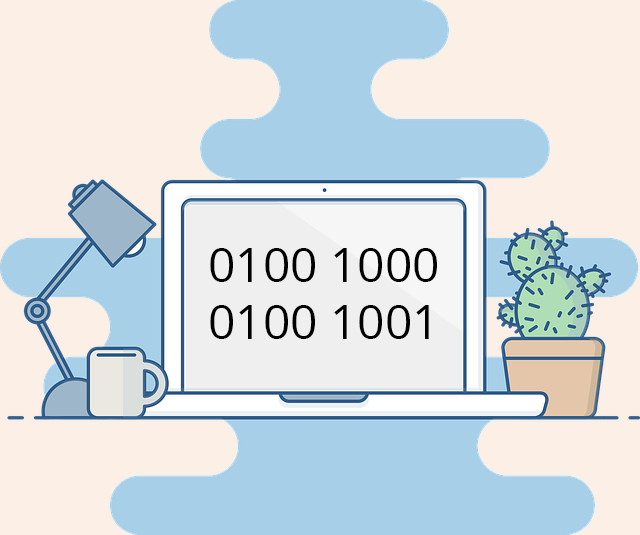Teaching Binary Code to Kids
Kids are learning technology at younger ages now and even coding while still in elementary school. Because of the interest in STEM education, it is a great time to teach your kids about binary code. But if you aren’t a techie yourself, it can be a little bit hard to explain. Luckily, once you have the basics down you will see it isn’t as complicated as it seems at first glance.
What is binary code?
First of all, binary code refers to any system where there are only two possible values. Here are some examples:
A switch is either on or off
A value is either zero or one
A light is on or off
A door is open or closed
A statement is true or false
An answer is yes or no
Something is marked or unmarked
An electric signal is off or on
To explain this concept to kids, you might start with the word “binary.” The prefix “bi-” comes from Latin meaning “two.” Your kids probably know a few words with the prefix “bi-” such as bicycle or bifocals.
Share some of the above examples of things that have only two possible states (on or off, true or false, etc.). Your child may come up with some of her own!
Some binary codes your child may be familiar with are Morse Code or Braille. In Morse Code, the value can be a dot or dash. In Braille, each location in a six-space grid can either have a dot or not have a dot.
Zeros and Ones
When people hear “binary code,” they are usually talking about the zeros and ones used in computer code. This is a way of representing if a switch-like circuit is open or closed. Electricity is either flowing (one) or not flowing (zero) through the circuit.
You can practice this with you child by having her turn the light switch on while saying “one” and off while saying “zero.”
What are bits?
Each digit (in this case, either one or zero) is a bit. Put eight of these bits together and you will have a byte. As an example, here is the binary code for the uppercase letter A:
0100 0001
Each digit is a bit.
What is base 2?
Usually we are working with numbers in the base 10, meaning each digit could be one of ten digits (0-9). This is called the decimal system. The prefix “dec-” indicates ten.
For the base 2 system, there are only two possible values for each digit: zero or one.
If your child understand exponents, you can explain that going from right to left, each spot represents two to the power of 0, 1, 2 and so on.
So we can find the total value by adding up the values of the digits, in this case 8+2+1 = 11. So the binary code for 11 is 00001011 or 1011. You can play around with many different binary codes to create different numbers, then do an online search to see if you are right!
Binary Code Activities
Because there are established binary codes for upper and lowercase letters, you can have fun making words with binary codes. You can start with your child’s name. Or make codes for fun words like cookies, candy, or soccer!
You may want to check out our Binary Secret Code Worksheets for some fun practice with the uppercase alphabet. Each puzzle reveals a message that tells you something about binary code.
You can also make binary code bracelets! Just chose a color for “zero” and a different color for “one” and string the bracelets to make secret messages. You can also make necklaces or keychains depending on the length of the message.
For more instructions, check out code.org’s lesson on binary bracelets.
Have fun exploring binary codes with your kids!

